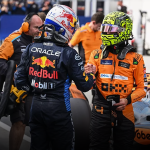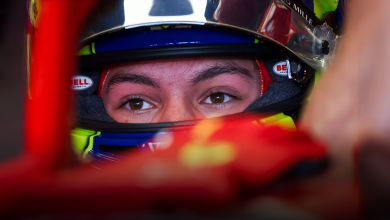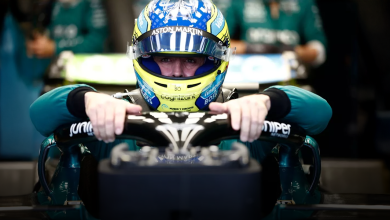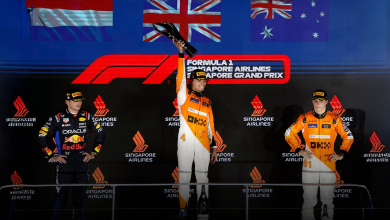Ferrari: Wind tunnel allocation rules could make big difference to 2026 grid
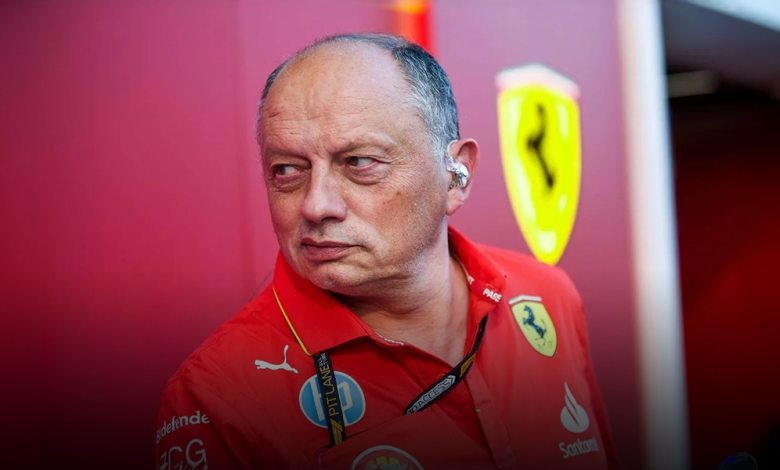
Formula 1 is approaching its next regulations era in two years, when turbo-hybrid engines with more battery power will be combined with new aerodynamic rules.
This drastic change makes it less likely that teams will make major design changes for next year, as they do not want to divert resources away from the next-generation cars.
But Vasseur believes some teams could compromise on performance next season to get maximum wind tunnel development time in 2026, which could pay off significantly.
“It’s not critical that someone takes advantage during this period and has more rights in the wind tunnel tests,” Vasseur said.
“This is because we are making very small improvements with each test.”
“But the game-changer could be 2026, because some teams that are not going to be competing for the championship next year could decide: ‘OK, it doesn’t matter where we are for 2025, we’re going full throttle with the 2026 project,'” he said.
New aerodynamic regulations dictate the wind tunnel time and computational fluid dynamics capacity available for a two-month ‘aerodynamic testing period’ depending on position in the championship.
This is a scale where the team finishing first in the championship starts the new period with 70% of the basic allocation, with the aim of increasing competition between the teams and creating a closer grid, and this rate increases in 5% increments up to 115% for the team finishing 10th.
The table is reset twice a year, based on the championship ranking. One allocation is applied from January 1st to June 30th, and the other from July 1st to December 31st.















